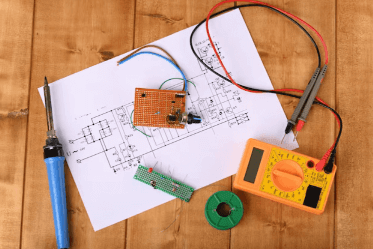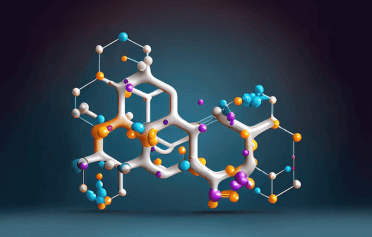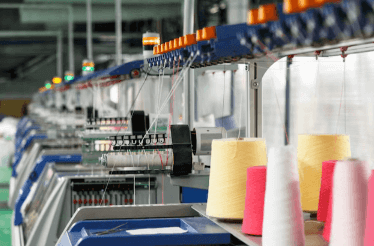Question
a.
42.34
b.
10.56
c.
20.76
d.
30.65
Posted under Geotechnical Engineering
Interact with the Community - Share Your Thoughts
Uncertain About the Answer? Seek Clarification Here.
Understand the Explanation? Include it Here.
Q. When the maximum vertical stress is 0.235 kN/m² at a radial distance of 4m from the point load is __________ kN.
Similar Questions
Explore Relevant Multiple Choice Questions (MCQs)
Q. The Boussinesq’s vertical pressure σz under a uniformly loaded circular area is given by ________
View solution
Q. The Boussinesq influence factor for uniformly distributed circular area is given by ____________
View solution
Q. If θ is the apex angle which the line joining the apex makes with the outer edge of the loading of a circular area, then the Boussinesq’s vertical pressure σz under a uniformly loaded circular area is given by ______________
View solution
Q. The Boussinesq’s vertical pressure σz due to line load is given by ________
View solution
Q. The Boussinesq’s vertical pressure σz due to line load at a point situated vertically below the line load is given by ________
View solution
Q. If θ is the angle subtended by the edges of the strip load, then the Boussinesq’s vertical pressure σz due to strip load is given by ________
View solution
Q. In Terzaghi’s Theory of one dimensional consolidation, load is applied in _____________
View solution
Q. In Terzaghi’s Theory of one dimensional consolidation, the deformation occurs in __________
View solution
Q. In Terzaghi’s Theory of one dimensional consolidation, soil is restrained against lateral deformation.
View solution
Q. In Terzaghi’s Theory of one dimensional consolidation, excess pore water drains out in __________
View solution
Q. In Terzaghi’s Theory of one dimensional consolidation, the boundary is considered to be __________
View solution
Q. In Terzaghi’s Theory of one dimensional consolidation, the change in thickness of a layer during consolidation is ___________
View solution
Q. In Terzaghi’s Theory of one dimensional consolidation, the time lag in consolidation is ___________
View solution
Q. In one-dimensional consolidation, secondary consolidation is __________
View solution
Q. The hydraulic gradient in terms of pore water pressure is given by _________
View solution
Q. The rate of change of pore water pressure along the depth of layer represents ____________
View solution
Q. The velocity with which the excess pore water flows is _________
View solution
Q. The rate of change of velocity along the depth of layer is ___________
View solution
Q. _________ chart is used to find the vertical stress on Westergaard’s equation.
View solution
Q. _________ is more accurate method of determining the vertical stress at any point.
View solution
Recommended Subjects
Are you eager to expand your knowledge beyond Geotechnical Engineering? We've handpicked a range of related categories that you might find intriguing.
Click on the categories below to discover a wealth of MCQs and enrich your understanding of various subjects. Happy exploring!








